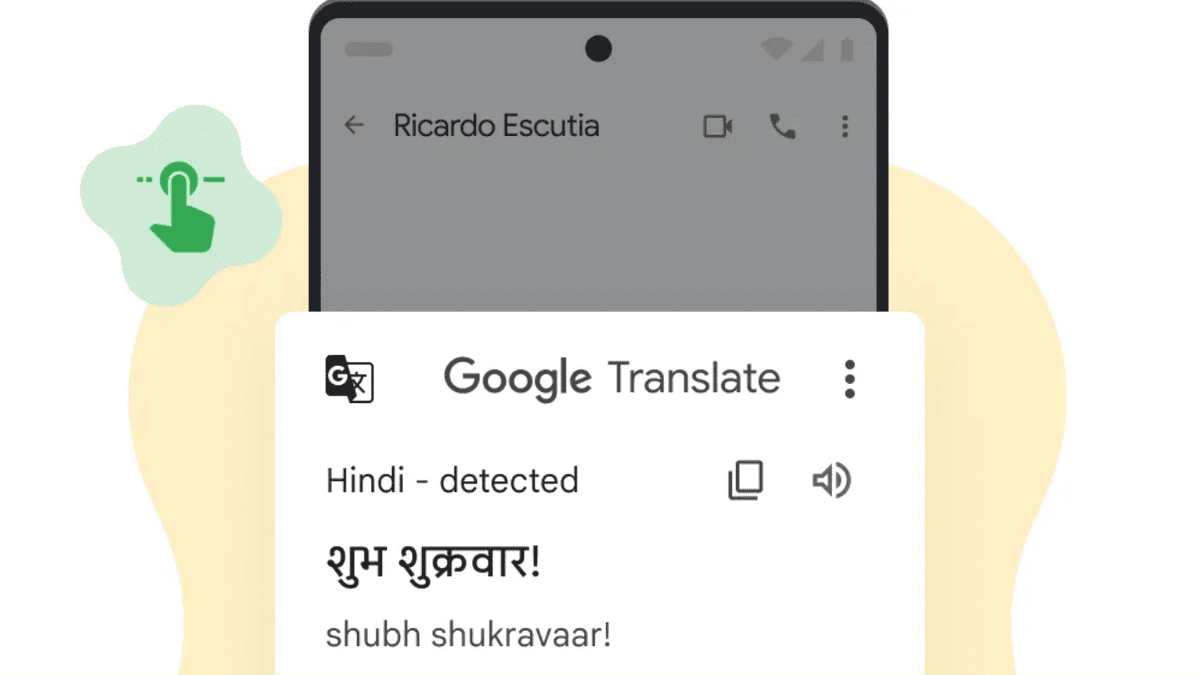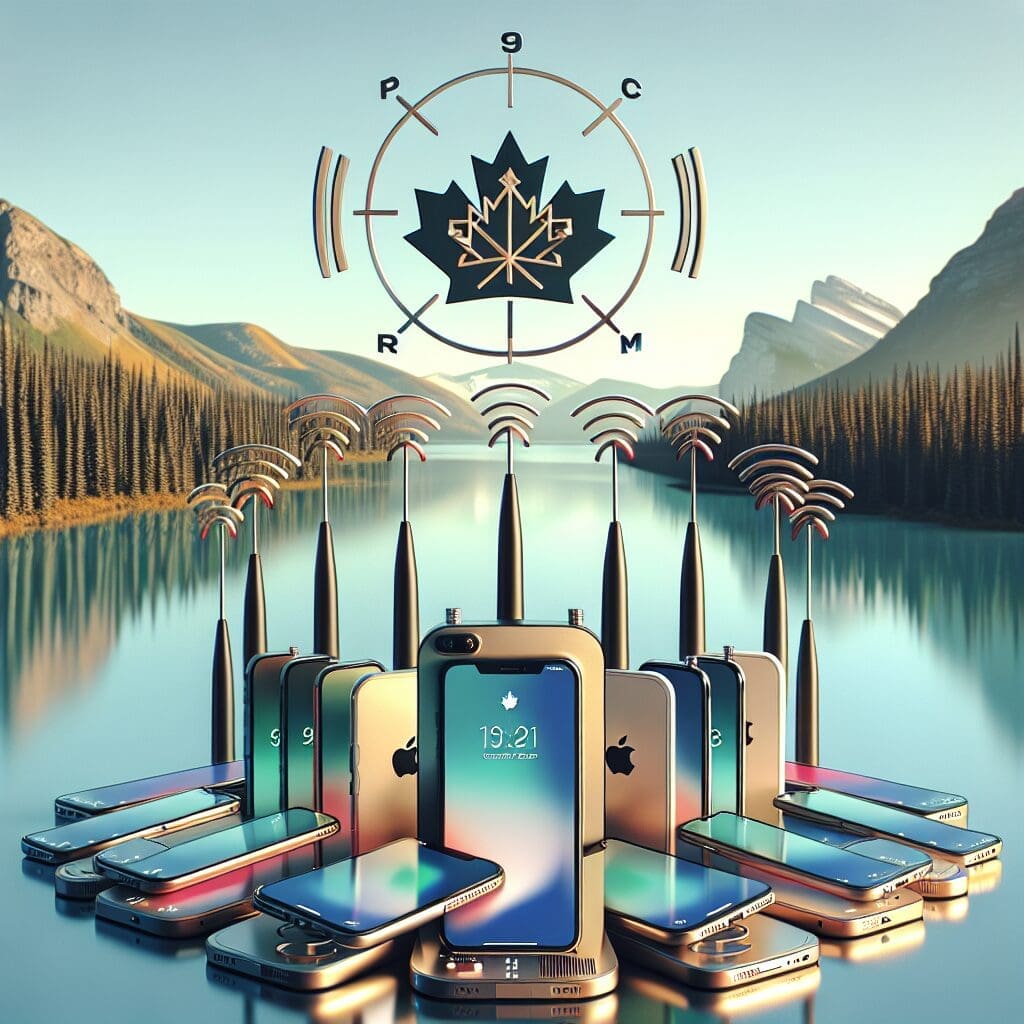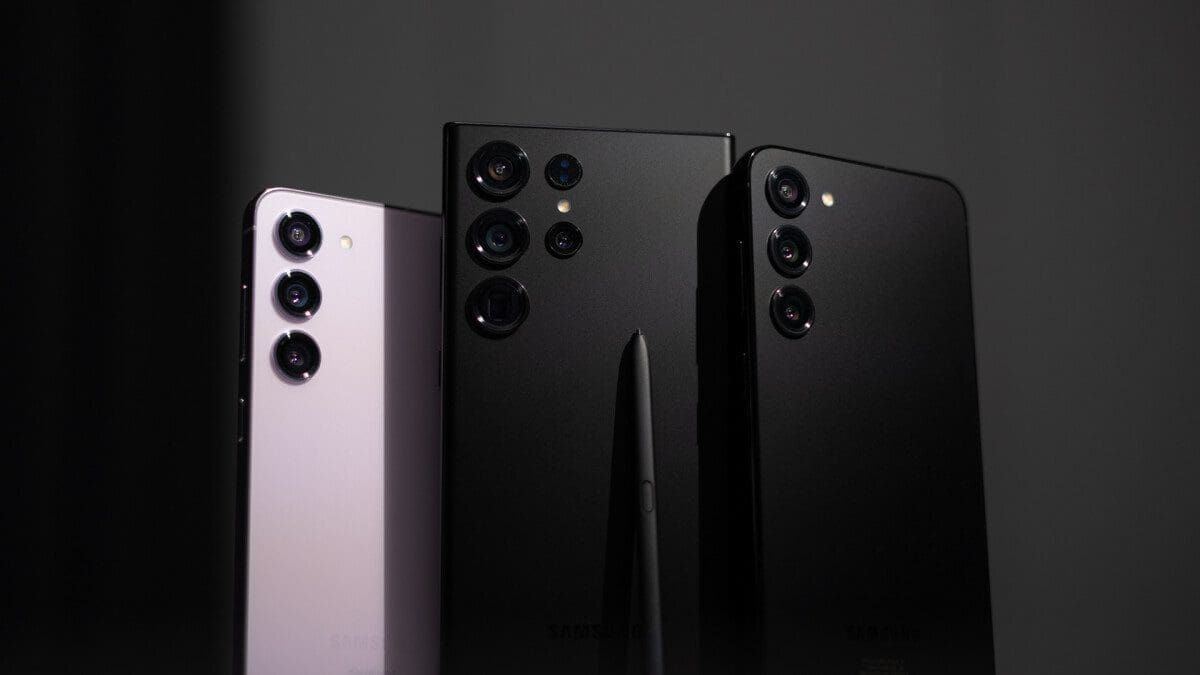Google Translate has been revolutionizing communication since its launch in 2006, allowing people to connect and understand each other across language barriers. As technology continues to advance, Google is expanding its language offerings by introducing 110 new languages to Google Translate, marking its most extensive expansion yet.
The addition of these new languages is made possible by Google’s PaLM 2 large language model, enabling Translate to learn closely related languages effectively. This includes languages like Awadhi and Marwadi, which are closely related to Hindi, as well as French creoles such as Seychellois Creole and Mauritian Creole.
With the latest update, Google Translate now supports over 614 million individuals worldwide, covering about 8% of the global population. These new languages include major languages with millions of speakers, languages spoken by small Indigenous groups, and those with ongoing efforts to preserve and promote them.
Notably, approximately 25% of the newly added languages are from Africa, marking Google’s most extensive expansion of African languages to date. This includes Fon, Kikongo, Luo, Ga, Swati, Venda, and Wolof.
Some of the recently added languages to Google Translate are:
– Cantonese: A highly requested language that posed challenges due to its similarity with Mandarin in writing.
– Afar: A tonal language spoken across Djibouti, Eritrea, and Ethiopia.
– Manx: The Celtic language of the Isle of Man that faced extinction but has seen a resurgence.
– NKo: A standardized form of West African Manding languages with a unique alphabet.
– Punjabi (Shahmukhi): The most widely spoken language in Pakistan written in the Perso-Arabic script.
– Tamazight (Amazigh): A Berber language spoken across North Africa.
– Tok Pisin: An English-based creole serving as Papua New Guinea’s lingua franca.
Tools like Google Translate are invaluable for connecting with people globally. In a world with countless languages, technology bridges communication gaps effortlessly. Thanks to advancements like these from Google Translate, we can break down barriers and foster understanding across cultures without having to learn every single language ourselves.









